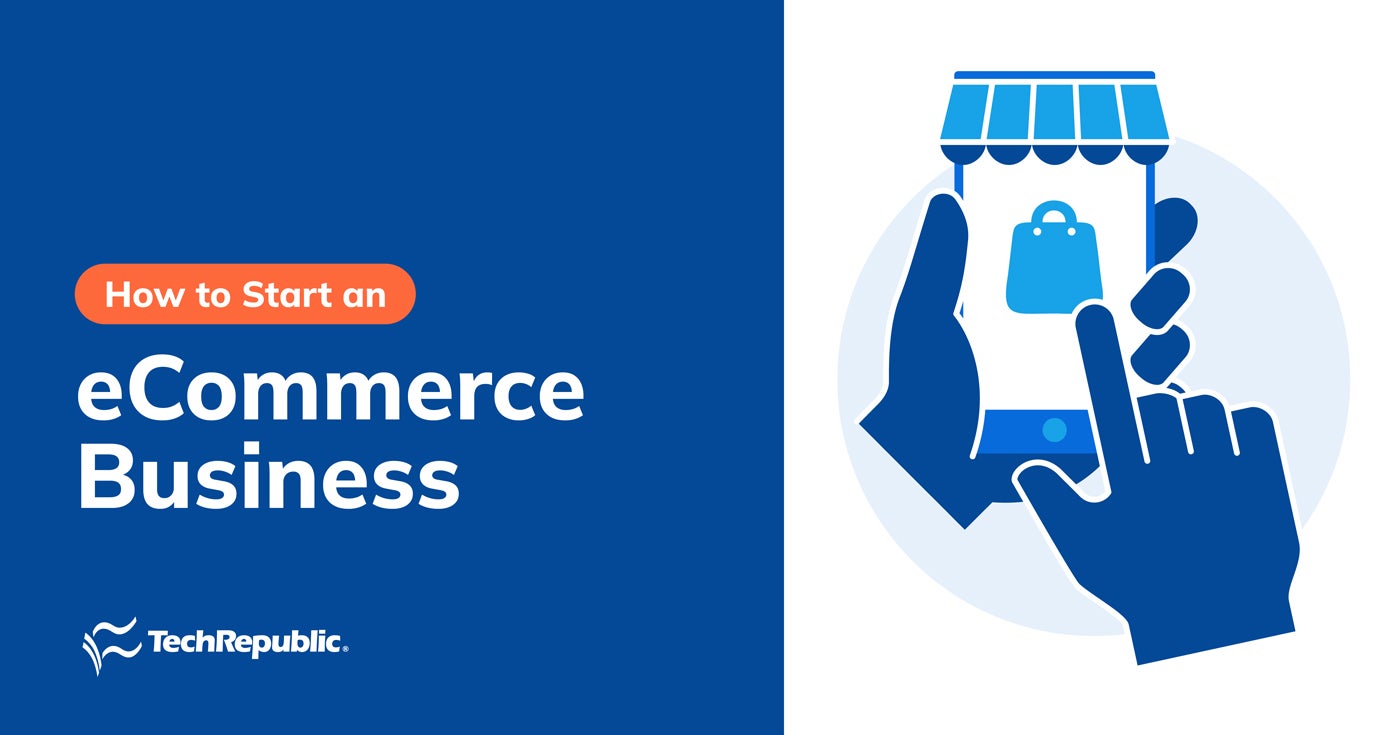
How to Start A Successful e-commerce Business in 2025
- 19.03.2025 13:22
- techrepublic.com
- Keywords: Step-by-step guide
Starting a successful e-commerce business in 2025 requires choosing a scalable model, secure payments, efficient fulfillment, and leveraging multiple marketing channels. Automation tools like AI and chatbots can streamline operations, while global online sales are projected to surpass $8 trillion by 2027.